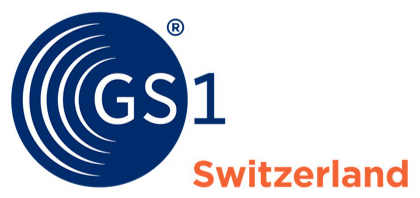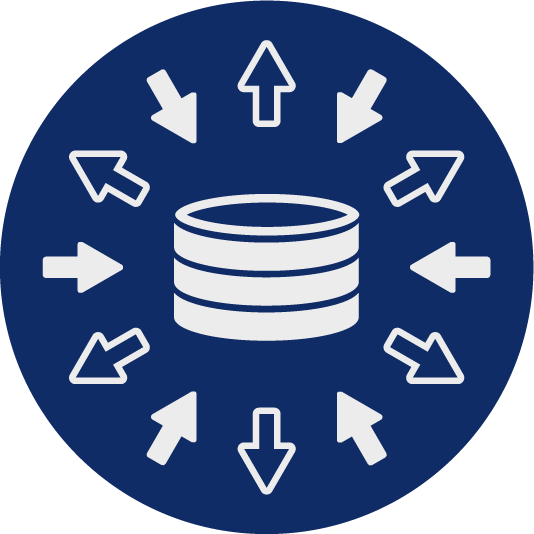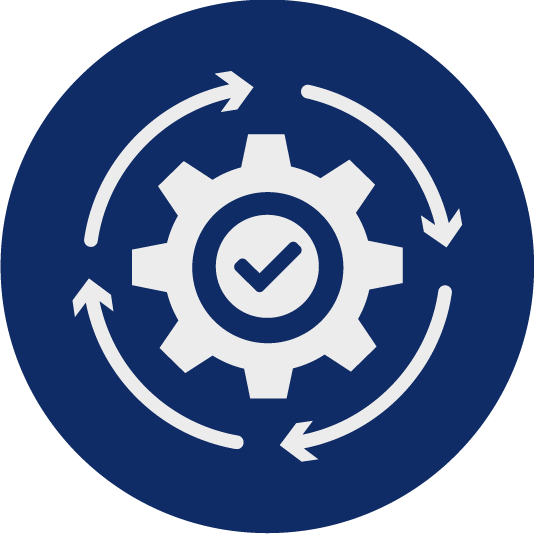GS1 Discovery Service
A plug-and-play, not-for-profit data platform built on open Web Vocabularies and EPCIS standards.
What is the GS1 Discovery Service?
The GS1 Discovery Service, designed to foster data exchange in line with the EU Data Act (Article 2 - Paragraph 13 & Article 4 - Paragraph 1), is an API-based Software as a Service (SaaS) platform. It enables data senders to make their data products accessible to a wider audience, while users can discover, in one single place, a comprehensive and standardized view of data products from multiple sources that are all linked to a single object.
Overview
API & API Services
How the GS1 Discovery Service works
1. Data product publication
The data sender publishes a data product to the GS1 Discovery Service to make it available to a broader audience.
2. Registration in the GS1 Registry Service
Each data product is registered in the GS1 Registry Service (a kind of telephone book for data products) including:
- The data product's source repository
- The data product’s unique identifier as per GS1 standards
- The data product’s timestamp
- The data product’s access level
3. Normalization
The GS1 Discovery Service includes a GS1 Normalization Layer, which translates the incoming data product to a JSON-LD schema, based on the following web vocabularies:
4. Temporary buffering
The GS1 Discovery Service buffers the full data product for a short time, to allow for its quick retrieval by subscribed data product users.
5. User query
A subscribed data product user with respective credentials queries the GS1 Discovery Service for a given unique identifier.
6. Registry lookup
The GS1 Discovery Service in turn queries the GS1 Registry to retrieve the data products registered for a researched unique identifier.
7. Response delivery
The GS1 Discovery Service returns all found data products from its buffer. In the future it is also planned for it to query, on request, the source repositories, provided they hold standardized data products.
What are the usage requirements?

Unique identification
For data to be captured and made available as a data product in the GS1 Discovery Service, each observed object must carry a GS1 identification key based on a lot or serial number.
Example: Rail vehicles must be equipped with RFID tags in accordance with EN 17230. The RFID tag must be programmed in accordance with AutoID in Rail.
Your local GS1 member organisation can help you identify your objects with GS1 identification keys.
GS1 Discovery Service membership
In addition to unique object identification, companies wishing to use the GS1 Discovery Service must sign up for membership.
Price calculation and offer
GS1 Switzerland is a not-for-profit organisation. It does not seek to make any profit.
The annual licence fees are based on:
- the budgeted operating costs
- proportionate development costs (IT investments),
- any losses from the previous year.
Any surplus generated is reinvested in the further development of the solution.
Companies with an annual turnover of less than CHF 50 million: fixed annual fee of CHF 490 (excl. VAT) to lower the barriers to entry.
The price calculation and other calculation bases are available on request at any time.
The aim is to have a transparent, fair and comprehensible price structure.
For further information or a quote, please contact us here.
6 steps to the GS1 Discovery Service

Sign up for membership
A valid GS1 membership is required to use the Discovery Service.
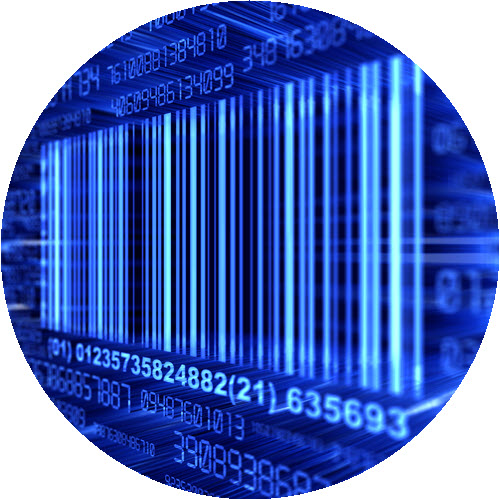
Get to know your GLN and GCP
Before you can begin using GS1 identification keys, you need a GS1 Company Prefix. This globally unique code allows you to start using GS1 identification standards.

Sign up for Discovery Service
With a GS1 membership and a registered GLN you can sign up for the Discovery Service here.
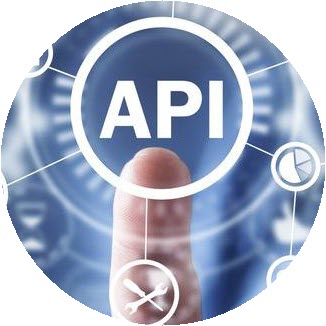
Connection the API
After signing up to the Discovery Service, you will get your individual access credentials for the API, with that and the API documentation here you will be able to connect and integrate our API.

Request access rights from the information owner
With your system connected to the Discovery Service API, you can start querying data. If there is some data with restricted access, you can request data access by the discovery service.

Querying the desired data
As soon as the information owner has granted acces rights to you, you will be able to query that data by the discovery service query endpoint.
